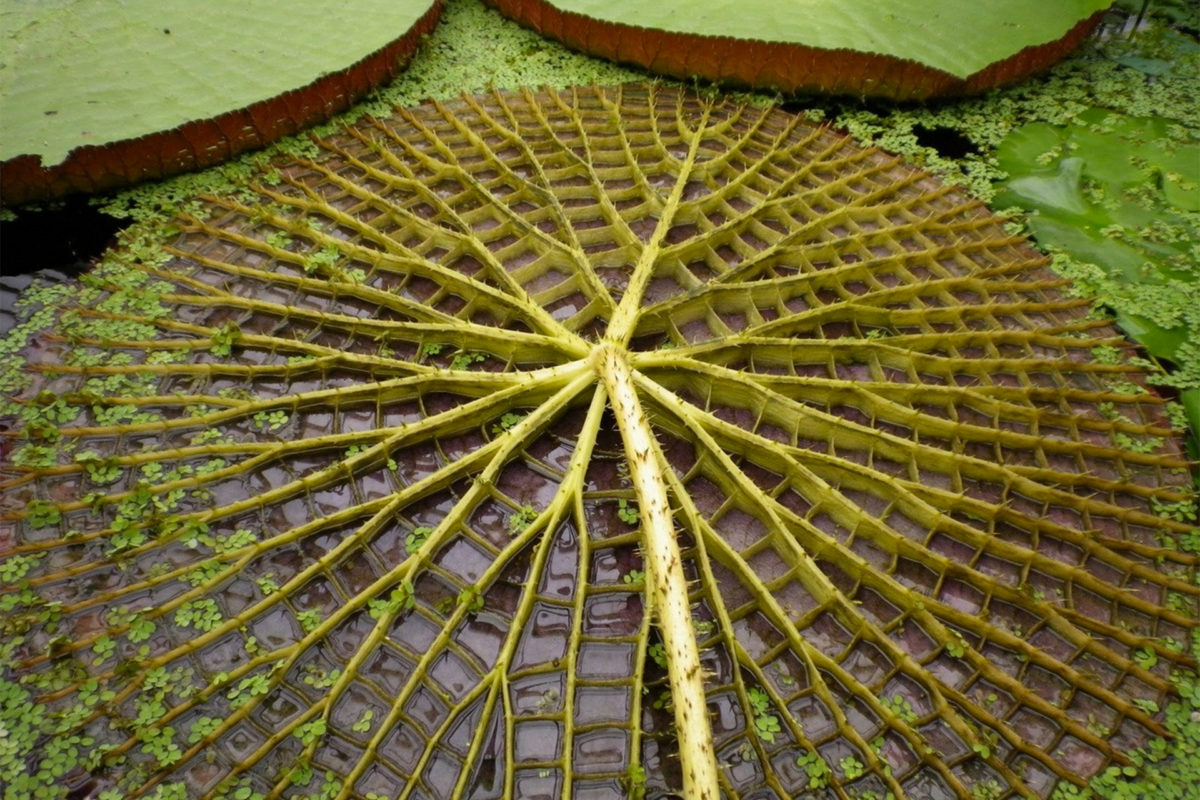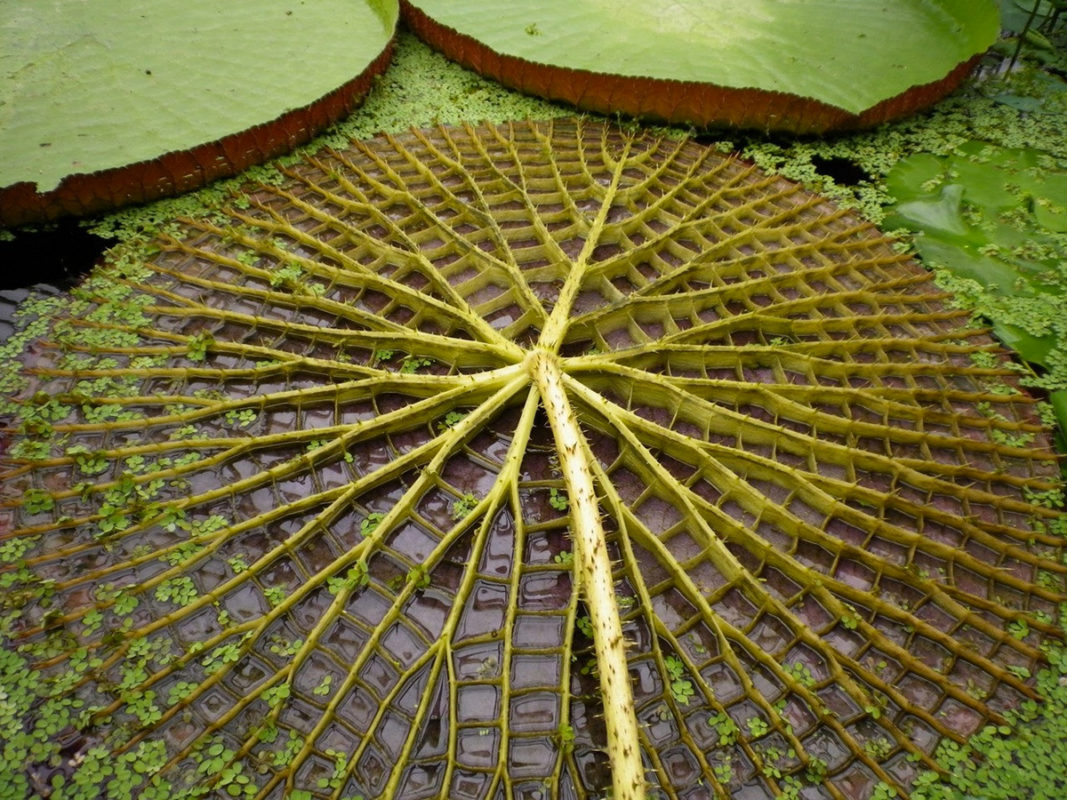The Energy Trees, known as E-Trees, rotate up to one hundred and eighty degrees; Water Trees collect dew overnight through a thirty-degree funnel disc. Talking to Architect Andrea Debilio
The Energy and Water Trees designs within the Sustainability Pavilion in Dubai
Man-made structures have been admired in the past for their heights, architectural styles, or histories. In the Anthropocene, the value lies in a building’s positive impact on the Earth. Using design methods, materials, energy, and technology: structures made in the twenty-first Century should not put its surrounding ecosystems or communities at risk. «We are going through a new Industrial Revolution where technology and design can work together to help nature by creating solutions to fight climate change», architect Andrea Debilio says.
Debilio possesses more than a decade of global design experience on a range of projects, all with levels of complexity spanning architecture, interior, and industrial design. From his ongoing work on the Terminal 1 Redevelopment Program for Newark Liberty International Airport to the recently completed state-of-the-art football stadium Stadio Della Roma, leaving a mark on the planet is a top priority in Debilio’s work. When asked about projects in his portfolio, the designer cites the recent making of the Apple Inc. HQ in Cupertino, named Apple Park as a «one-of-a-kind project for a one-of-a-kind client … everything was custom, ‘hand-crafted’ with a level of detail and quality». Function comes first, but solving problems need not sacrifice aesthetic sensitivity for designers.
The Sustainability Pavilion in Dubai
Unveiled at the 2020 World Expo, and postponed to late 2021, Debilio disclosed his role as a former associate at Grimshaw Architects New York in creating the designs for the Energy and Water Trees within the Sustainability Pavilion. «As architects, but first as humans, we all need to commit to a global agenda to reduce global carbon emissions, be smart in using the planet’s resources and invest in sustainable solutions».
The Water and Energy Trees were designed by thinking about the issue of deforestation and then conservation. The Sustainability Pavilion itself was a challenge as the entire net-zero building was to be constructed in Dubai and its harsh weather conditions. The temperatures on the outside could reach around fifty-degree Celsius on any given day «Trees sequester Co2, but it is not enough to reduce carbon emissions. The Sustainability Pavilion is a way to deliver the inspirational message that it is not just about planting. Even in these conditions, we can create solutions with design and technology in order to create the largest net-zero building in the world».
The process of creating the Energy and Water Trees
It all first began by imagining a single Tree. An individual system was initially created, having the dual-purpose of harnessing solar energy during the day and harvesting water during the night. «Moving forward with our research, we realized that, due to their functions and the way they interact with the elements, they needed to be separated. We needed to mimic the processes of nature into the optimization of our buildings. We did not want to replace nature itself».
The Energy Trees, known as E-Trees, are mobile microfibre structures with heights and diameters ranging between sixteen to eighteen meters. A foldable white disc sits at the top, rotating up to one hundred and eighty degrees around a vertical axis from morning to evening. These man-made structures were inspired by trees found in the desert and track the sun exactly as sunflowers do. The disc being translucent permits visitors to view the solar panels beneath the trees and experience the total rotation.
Collecting dew overnight through a thirty-degree funnel disc
The Water Tree, on the other hand, instead of using a traditional water-harvesting system, collects dew overnight through a thirty-degree funnel disc that is exposed perpendicularly to face the night sky. The maximization of the dew-collection process occurs by sloping down the water produced into a central channel by gravity during the night.
«The optimization of the panels was a challenge as the massive structure had a rotating mechanism that was required to revolve around 180 degrees towards the sun. It was about trying to make them more efficient while being cost-effective. We shifted from steel to composite materials for these structures». Both of the Trees have steel structures, composite as well as carbon-fiber elements within them that help to reduce the overall weight. The E-Trees have a photovoltaic array at its crown to gather solar energy, and the Water Trees were created in a funnel shape to optimize atmospheric water harvesting.
Lampoon review: learning from nature and incorporate it into design
This project proves that weaving together different disciplines with technology can create an innovative solution to inspire others that the battle against climate change has just started. The process, from concept to construction, had been arduous and involved people experts from fields such as engineers, scientists, environmental specialists, performance analysts, and consultants.
«Computational design has been a key during the design process; parametric software allows us to model complex shapes, optimize and improve the structural efficiency of the different elements. We also run several tests for both systems, from PV layout and solar tracking optimization to maximize solar harnessing in the E-Trees, to the funnel performance investigation through a Computational Fluid Dynamics (CFD) analysis in order to control the turbulence and facilitate the airflow in the W-Trees. It was our duty to ensure a lot of disciplines were involved».
E-trees – part of the Sustainability Pavilion at the 2020 World Expo in Dubai
Debilio says, «We can learn from nature and incorporate it into the design. The solution exists in nature, but you might not be aware of it. Nature is involved in the design process, but technology enables us to obtain better results and performance. We managed to get close to complex natural processes such as photosynthesis: capturing energy from sunlight and fresh water from humid air and shading visitors like how desert trees protect their seeds».
These Trees are an integral part to the whole experience of the Sustainability Pavilion at the 2020 World Expo in Dubai and Debilio adds that the Water and E-Trees provide supplementary power to ensure that the Pavilion is a net-zero energy structure. This exhibition showcases a self-sustaining edifice that had been created with the objective of replicating ecological balance.
The Pavilion qualifies to achieve the highest ranking in environmental certification for buildings, an honor called LEED: Leadership in Energy and Environmental Design. The Sustainability Pavilion is functional but also immersive: a multi-layered exhibition offering its guests wonder as well as retail and refreshments available to complete the spectacle.
Technological-processes inspired by nature and the exchange of energy
When asked about how people will react when visiting the Sustainability Pavilion and seeing the Trees for the first time: Debilio notes: «When someone experiences this project, they will have a degree of astonishment and I will share a similar reaction due to the scale of the project and the way it has been built. The visitors go through a journey where they can literally experience these innovative systems, witnessing the effectiveness of solar energy, water harvesting and innovative materials. A self-sufficient building of this size is possible … even in the harsh conditions».
Debilio concludes that this exhibition will instill hope. The 2020 World Expo lasted for one hundred and seventy-three days and its main objective was to unite the world and construct a vision for the coming times.
Nature can be nurtured in an extreme environment
The Sustainability Pavilion is evidence that nature can be nurtured in an extreme environment like the UAE and it can then be disassembled, its innovation taking on different forms. Debilio believes that the research will continue on and move forward. This display of potential in energy and future can be shaped into different scales and materials.
The Trees of the next generation are able to be merged like nodes into a Smart Grid, belonging to the power stations of the future. Looking at the projects by scientists, designers and creatives, the dialogue has changed. The impending results are clear: technological-processes inspired by nature and the exchange of energy will take on a democractic role in the times ahead.
Andrea Debilio
Former swimmer, Andrea Debilio is an architect and Project Leader at Mario Cucinella Architects




















